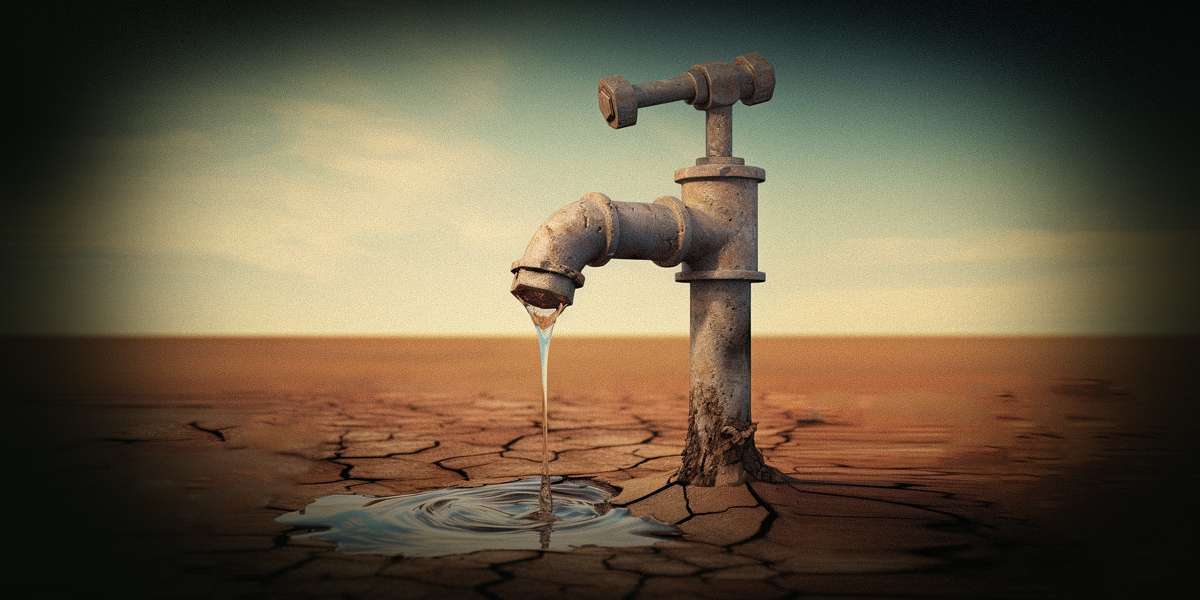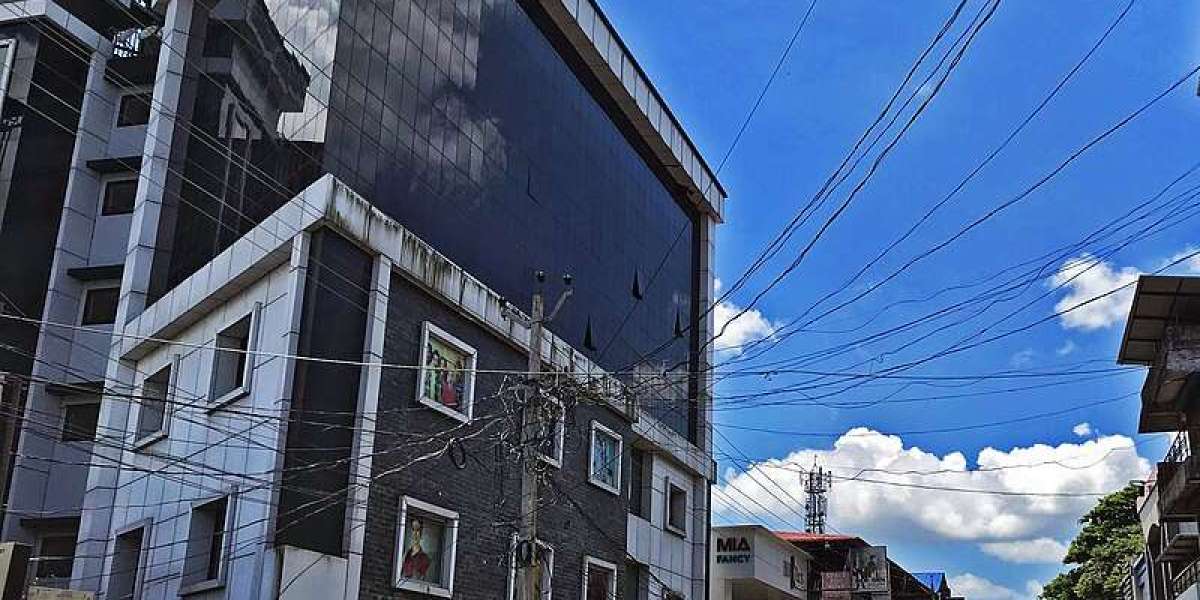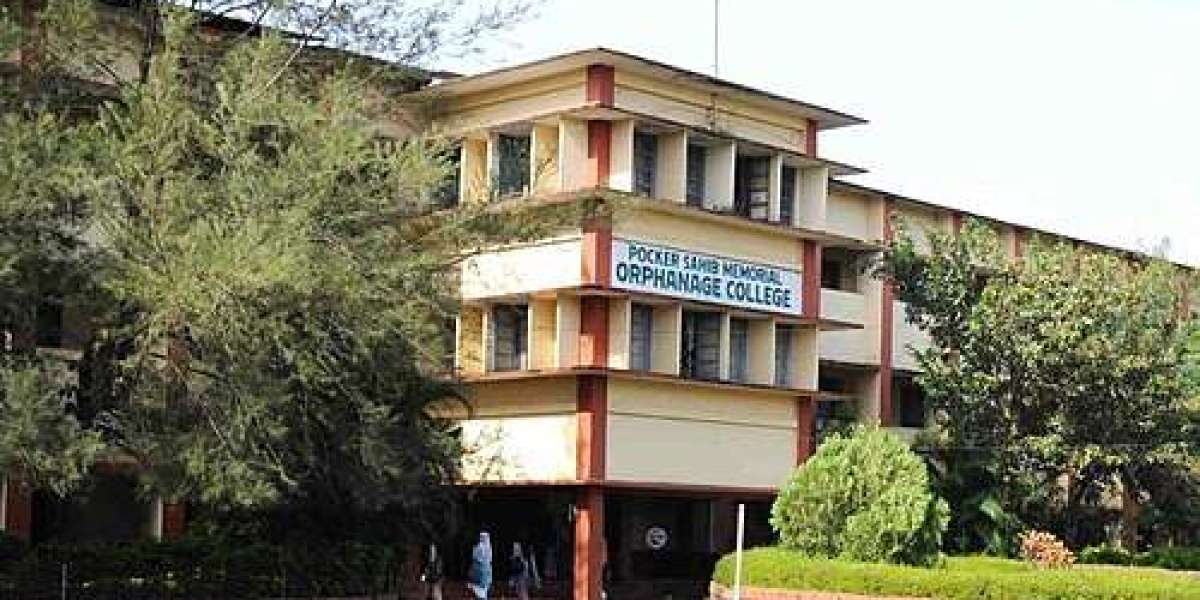Kerala is famous for 3,000 mm of average rainfall, yet its wells often run dry before the monsoon. Why? Rapid urban draw-off, over-pumping in the midlands and saline intrusion along the coast have pushed parts of the state into groundwater stress. The latest Dynamic Ground-Water Resources Assessment (2023) shows total extraction at 54.6 % of annual recharge; three out of 152 hydro-geological blocks (all in Palakkad) are already “over-exploited.”
Kerala’s Ground Water Department (GWD), set up as an independent agency in 1978, monitors 1,345 dug-well piezometers and 276 automated digital recorders every month, compiles quality bulletins and clears permits for new bore-wells in notified areas. But the public still meets the department mainly through paper forms, newspaper drought alerts and Right-to-Information requests for water-level data. 'Weone', the all-purpose governance app launched by the startup company Intia with the support of the Local Self-Government Department, can change that by turning every phone into a personal aquifer dashboard, while giving officers real-time intelligence instead of quarterly spreadsheets.
1. Live water-level maps & push alerts
Because GWD uploads telemetry from its digital recorders only to an internal MIS, farmers seldom know when levels hit the “severe decline” band. Linking that feed to a verified “Ground Water Kerala” channel on weone would let users subscribe to their panchayat bore-hole; the moment pre-monsoon depth drops 50 cm below the ten-year average, a Malayalam voice alert pings every phone in a two-kilometre radius. Panchayats can then trigger tanker planning or ban paddy puddling early, turning data into prevention instead of crisis reaction.
2. Permit workflow in your pocket
Drilling in notified blocks such as Chittur or Kuzhalmannam still requires hard-copy Form C plus a trip to the Assistant Director’s office. Weone can wrap the existing application forms into a mobile wizard:
1. Scan Aadhaar, geo-tag the proposed site.
2. Auto-fill land-use and depth details.
3. Pay the scrutiny fee via e-Treasury.
4. Track status rings—Scrutiny ▶ Field-Verification ▶ NOC Issued.
Applicants receive a QR permit that drilling contractors scan on-site; illegal rigs lose business, and genuine users skip three office visits.
3. Crowd-sourced “Well Watch” network
Kerala’s 8 million domestic open wells are an untapped sensor grid. Weone can host a “Well Watch” tile where households key in monthly water depth or upload a rope-gauge photo. The app awards eco-points redeemable for rain-barrel discounts. Aggregated readings fill spatial gaps between the department’s 1,345 wells, giving hydro-geologists denser, citizen-verified data and catching localised declines that state networks miss (19.8 % of wells are already trending downward).
4. Quality flags & contamination heat-maps
GWD’s April 2024 bulletin shows 7 % of shallow wells with EC > 750 µS/cm, a salinity alarm for coastal blocks. Weone can push lab results to residents: a red badge if iron, fluoride or salinity exceeds BIS limits, a green tick when safe. Users tap to request a follow-up sample; lab teams receive a pre-filled work order, trimming email chains.
5. Recharge schemes & subsidy marketplace
The National Hydrology Project has already funded new recharge shafts and percolation tanks across the Western Ghats fringe. Weone can list active subsidies, roof-water filters, injection wells, coconut-husks trenches, showing grant size, beneficiary criteria and one-tap application. Push nudges remind approved households to upload completion photos before monsoon, unlocking the final tranche automatically.
6. Early-warning for drought & flood
GWD partners with IMD to issue seasonal outlooks, but PDFs land late. Integrating rain-gauge data lets weone display a colour-coded “ground-water stress meter” beside each block: blue (safe), yellow (caution), red (ban new wells). During extreme events the same module pushes flood-canal depth alerts, helping farmers decide whether to pump or evacuate equipment.
NET GAINS FOR KERALA
· Households know when to ration water or treat it—no surprises at the kitchen sink.
· Farmers schedule irrigation and recharge schemes with data, not guesswork.
· Contractors & industries get transparent, time-bound permits, reducing conflict.
· Officers swap manual ledgers for live heat-maps, targeting inspections where the aquifer really hurts.
· Government showcases climate-resilient governance, lifting public trust and easing Central grant compliance.
Kerala has long led India in literacy and health; sustainable groundwater stewardship can be the next badge. Folding the Ground Water Department into weonewill make invisible aquifers visible, and manageable, at the speed of a push notification.
Tap the app, save the aquifer. Smart water begins with smart phones.







